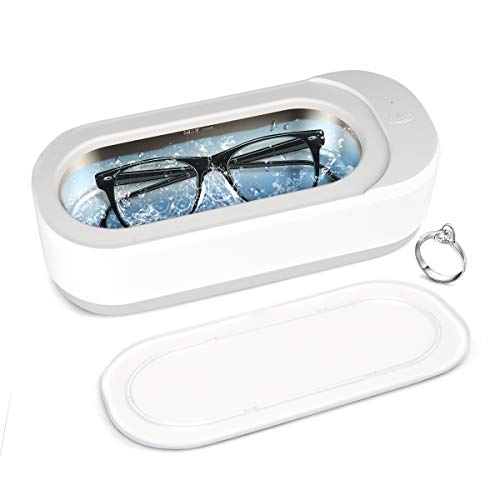Buying Guide for Lab Ultrasonic Cleaners
In today's post, we talk about lab ultrasonic cleaners, which are very expensive and good at cleaning your lab. They come in two types, high frequency, and low frequency. Both are used in the lab to clean objects. The high-frequency cleaner is used for surfaces that are covered in liquids and even covers them with glue. The low-frequency cleaner is used for surfaces that have no liquid on them. The high-frequency cleaner is used for getting rid of liquids from plastic objects. As for the low-frequency cleaner, it is used for getting rid of soil from metal objects. Explore our wide range of lab ultrasonic cleaners to find the best options for you.
Benefits of Lab Ultrasonic Cleaners
Time Savings
Ultrasonic cleaners can produce up to 40 thousand sound pulses per second, each of which cleans the part surface as it hits it. Ultrasonic cleaners can remove impurities faster and more effectively than other types of cleaners because of the high-frequency wave action.
Gentle Cleaning
Ultrasonic cleaners are great for cleaning even the most delicate parts since they eliminate impurities without abrasion, harsh scrubbing, or high-pressure sprays. This is why microchips, computer parts, plated parts, and priceless family artefacts are cleaned with them.
Versatile Contaminant Removal
Oil, grease, wax, shavings, dirt, dust, clay, sand, parting compound, soot, charcoal, and oxidation are just a few of the impurities that ultrasonic cleaners can remove from a part's surface down to a microscopic particle size. No other parts cleaning method provides such versatility in a single device.
No Part Too Complex
When it comes to cleaning intricate pieces, ultrasonic cleaners "shine." Hidden tunnels, small gaps, fissures, cracks, and blind-drilled holes get equally as clean as exposed surfaces because the cleaning detergent and high-frequency waves permeate all surfaces.
Factors consider before buying Lab Ultrasonic Cleaners
Material
Make certain to choose an aluminum or stainless steel product. The majority of cleaners are made of one of these materials, which makes ultrasonic cleaning devices durable and long-lasting.
Tank
A tank is included with several of the cleaners. Each tank is variable in size and may hold different amounts of solvent. There are several that do not have tanks. To utilize them, you'll need a bowl or a sink.
Frequency
They're also ideal for cleaning goods with small spaces. However, most applications benefit from a frequency of 40 kHz. If you'll be cleaning a variety of objects, choose an ultrasound cleaner with dual-frequency, whether you want to go big or require portable ultrasound equipment.
Power
When a cleaner's power is increased, the number of bubbles formed during the cavitation process increases. The cleaning operation of the machine becomes faster as the power increases. It does, however, have a limit. You risk hurting the stuff you're cleaning and losing energy if you exceed the power limit.
Conclusion
Ultrasonic cleaners are critical to many industries. They are commonly used in laboratory and industrial environments in the clean-up of many components of production and production lines. They are also critical in the cleaning of delicate electronics and artifacts. They are also commonly used in cleaning jewelry. In conclusion, Lab Ultrasonic Cleaners have many uses in labs, with their ultrasonic cleaning, sterilization, and drying capabilities. They are also sold to dentists, jewelers, and consumers for home use. However, find a lab ultrasonic cleaner that uses a quality motor. Visit our featured section to learn more about your purchasing options. We evaluate and propose the best goods based on their quality, size, and price. After reading hundreds of reviews, we recommend top lab ultrasonic cleaners.


























